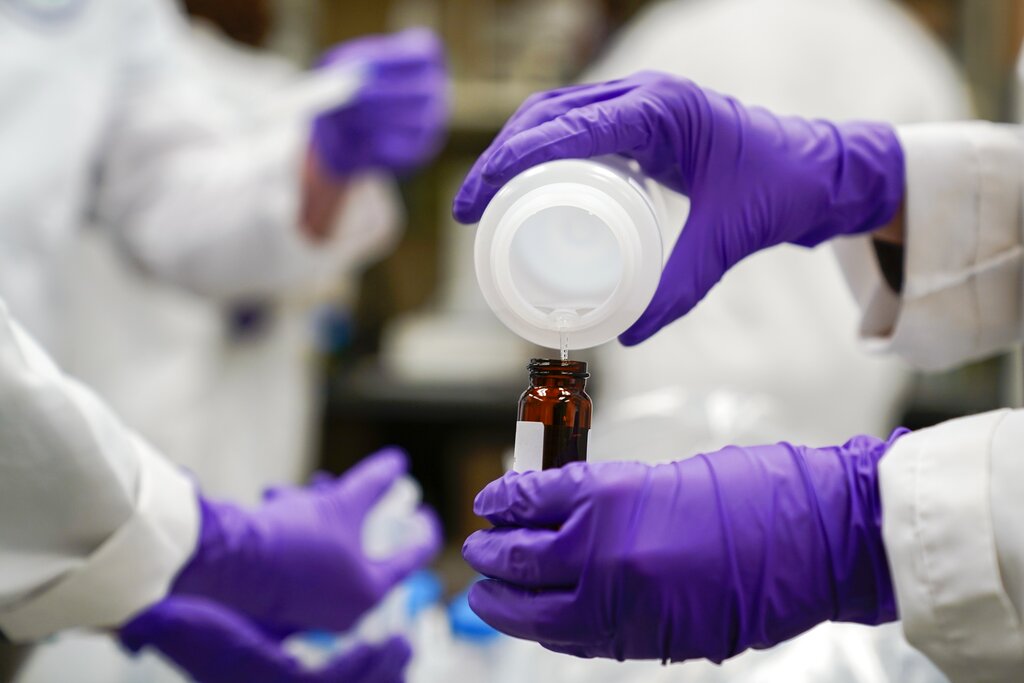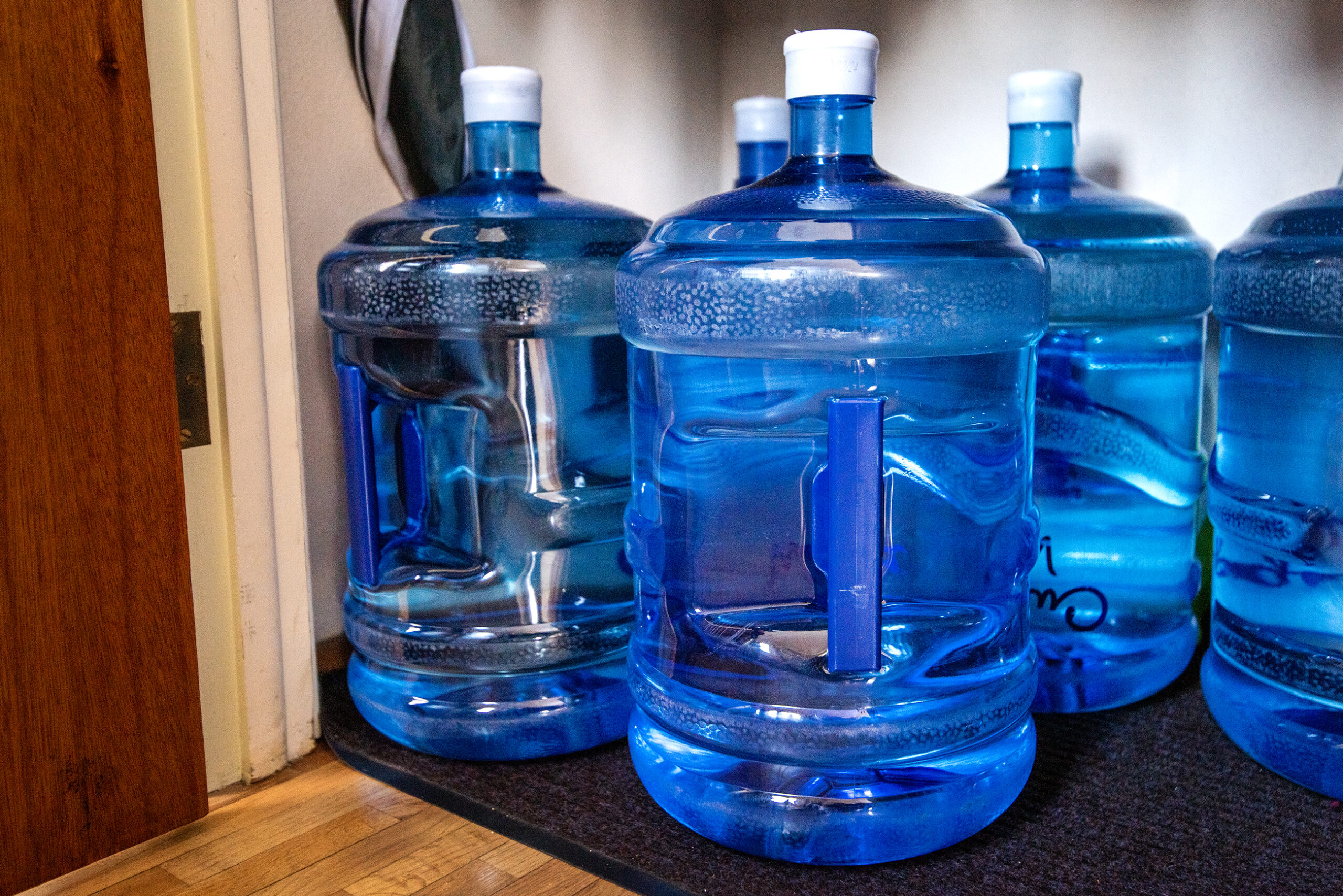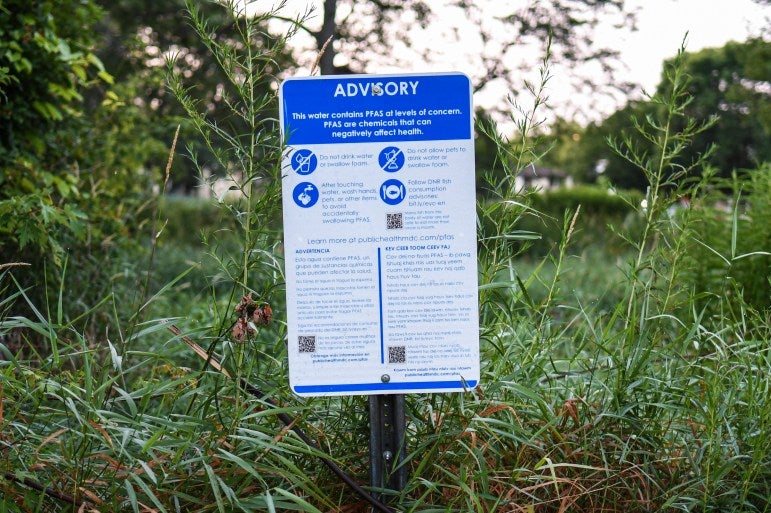The state would test public water supplies for so-called forever chemicals known as PFAS and require polluters to commit funds to pay for cleanup of contaminated sites under a plan released Wednesday.
The Wisconsin PFAS Action Plan outlines 25 action items to address perfluoroalkyl and polyfluoroalkyl substances, commonly called PFAS, in response to growing concerns over their impact on public health. The chemicals are found in firefighting foam and everyday products, and they don’t break down easily in the environment. PFAS has been linked to health problems, including cancer, thyroid disease and reproductive issues.
Last year, Gov. Tony Evers directed the Wisconsin Department of Natural Resources to lead a council of state agencies in developing a plan to address PFAS. The items listed in the report were developed with public input and driven by a focus on environmental justice, health equity, innovation and pollution prevention.
News with a little more humanity
WPR’s “Wisconsin Today” newsletter keeps you connected to the state you love without feeling overwhelmed. No paywall. No agenda. No corporate filter.
“We look forward to continuing to work with other state agencies, the university system and Wisconsin communities to put forth and implement solutions that will protect the public and support our businesses,” said DNR Secretary Preston Cole in a statement.
Some items in the plan would require funding or legislation, about a third of which would require approval from lawmakers. Officials did not provide specific details on how much it would cost to implement the plan. Darsi Foss, administrator of the DNR’s environmental management division, said funding relied on available resources and political will to support the plan’s recommendations.
“Some of these big ticket items will depend on bipartisan support,” said Foss.
The DNR anticipates roughly $750,000 would be required to test all public drinking water systems statewide in addition to federal funding the agency has already received this year.
“We will be testing some limited amount of municipal water systems in the spring — late winter into the spring — but right now, we don’t have enough funds to test all municipal systems,” said Foss.
The report also proposes launching a statewide program to collect and dispose of PFAS-containing firefighting foam. Similar collection efforts have cost between $600,000 and $2.5 million in other states like Michigan, Massachusetts and New York.
Environmental groups like Midwest Environmental Advocates lauded the efforts of agencies to develop a plan to address PFAS.
“Given the federal government’s lack of comprehensive regulatory action on PFAS, it is imperative that our state government step up to fill the void,” said Midwest Environmental Advocates attorney Andrea Gelatt in a statement.
Evers said in a statement that he looks forward to reviewing the plan “to find how we can best move our state forward in addressing PFAS for the health of our families, communities, and wildlife.”
Environmental regulators are monitoring more than 50 sites with PFAS contamination across the state, including Superior, Marinette, Madison and Milwaukee. The sites include military installations, industrial areas and waterways.
Those sites include the Dane County Regional Airport, which released PFAS sampling results Tuesday. A report filed with regulators showed levels of PFOA in groundwater as high as 67,300 parts per trillion at one sampling location near Darwin Road, which also showed PFOS levels of 1,360 parts per trillion. The airport was the site of burn pits used for firefighter training.
“It’s important to note that pollution levels found in this study are from shallow groundwater that is separate from the deep aquifers the City uses for drinking water. PFAS are regularly monitored in drinking water and levels at all city wells remain far below proposed regulatory thresholds,” said the city of Madison in a release.
The DNR has been working to craft standards for PFAS in drinking water, surface water and groundwater. Last year, the state Department of Health Services recommended a combined groundwater standard of 20 parts per trillion for two of the most common PFAS chemicals: PFOA and PFOS.
State health officials expanded that recommendation to include four additional PFAS substances in November. No federal standards exist for PFAS although the Environmental Protection Agency has set a health advisory level of 70 parts per trillion for PFOA and PFOS.
Under the plan’s recommendations, the state would:
- Set science-based PFAS standards.
- Develop an interactive map and database of PFAS sites.
- Develop a standardized testing protocol.
- Launch a state-sponsored foam collection and disposal program.
- Work with fire departments to reduces PFAS discharges.
- Minimize PFAS discharges to wastewater through sampling.
- Support veterans and others close to military sites who have elevated PFAS levels in blood.
- Create grant and loan programs for local governments to address PFAS and upgrade water systems.
- Create a PFAS-specific natural resources damage claims provision to allow cost recovery.
- Create a fund for settlements of PFAS contamination cases.
- Minimize state purchase of PFAS-containing products.
- Coordinate and collaborated on PFAS-reated research.
- Collect data on drinking water treatments for PFAS and related costs.
- Develop a website and resources to provide information about PFAS risks.
- Enhance work with federal agencies to address PFAS contamination at military sites.
Wisconsin Public Radio, © Copyright 2025, Board of Regents of the University of Wisconsin System and Wisconsin Educational Communications Board.







